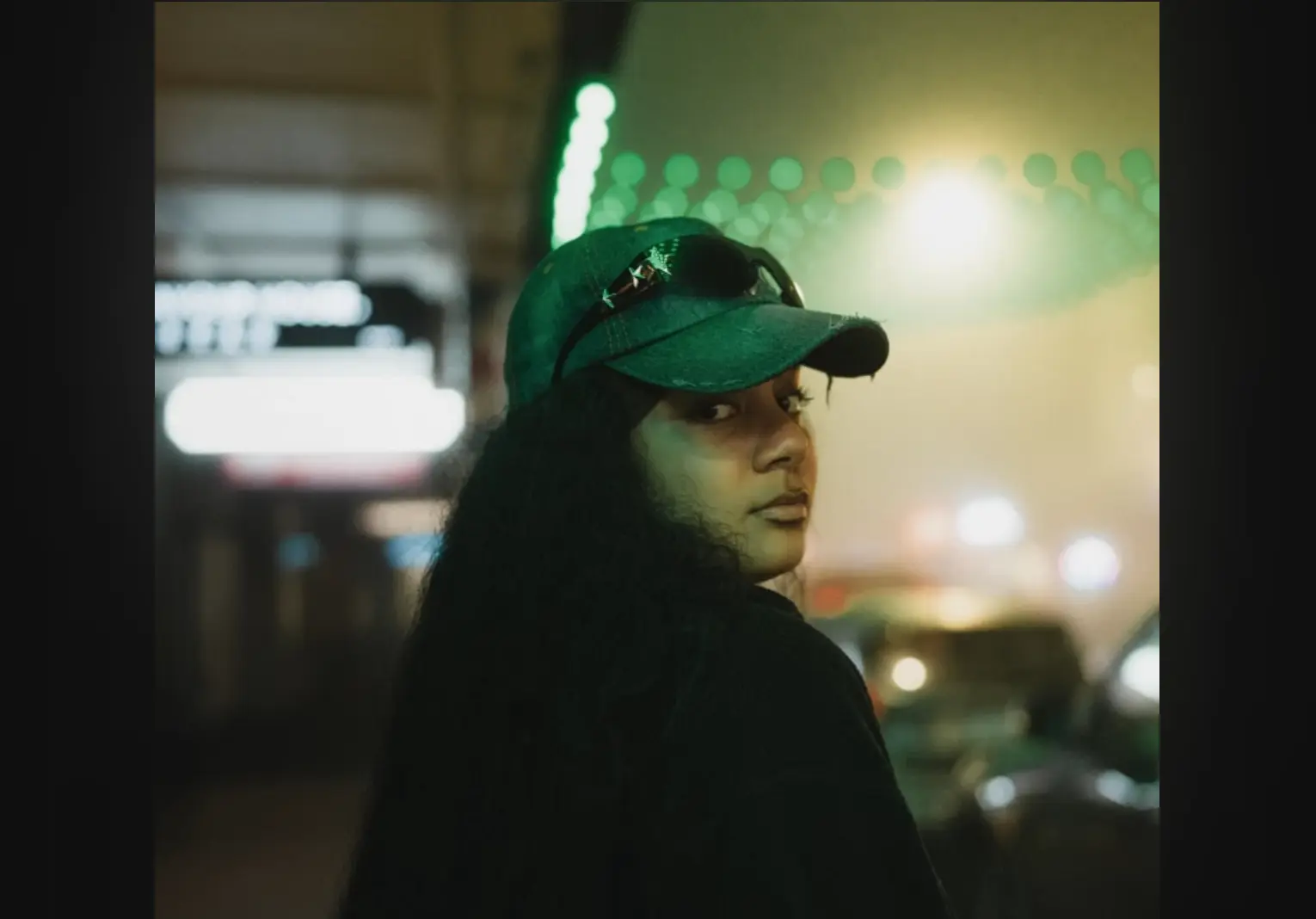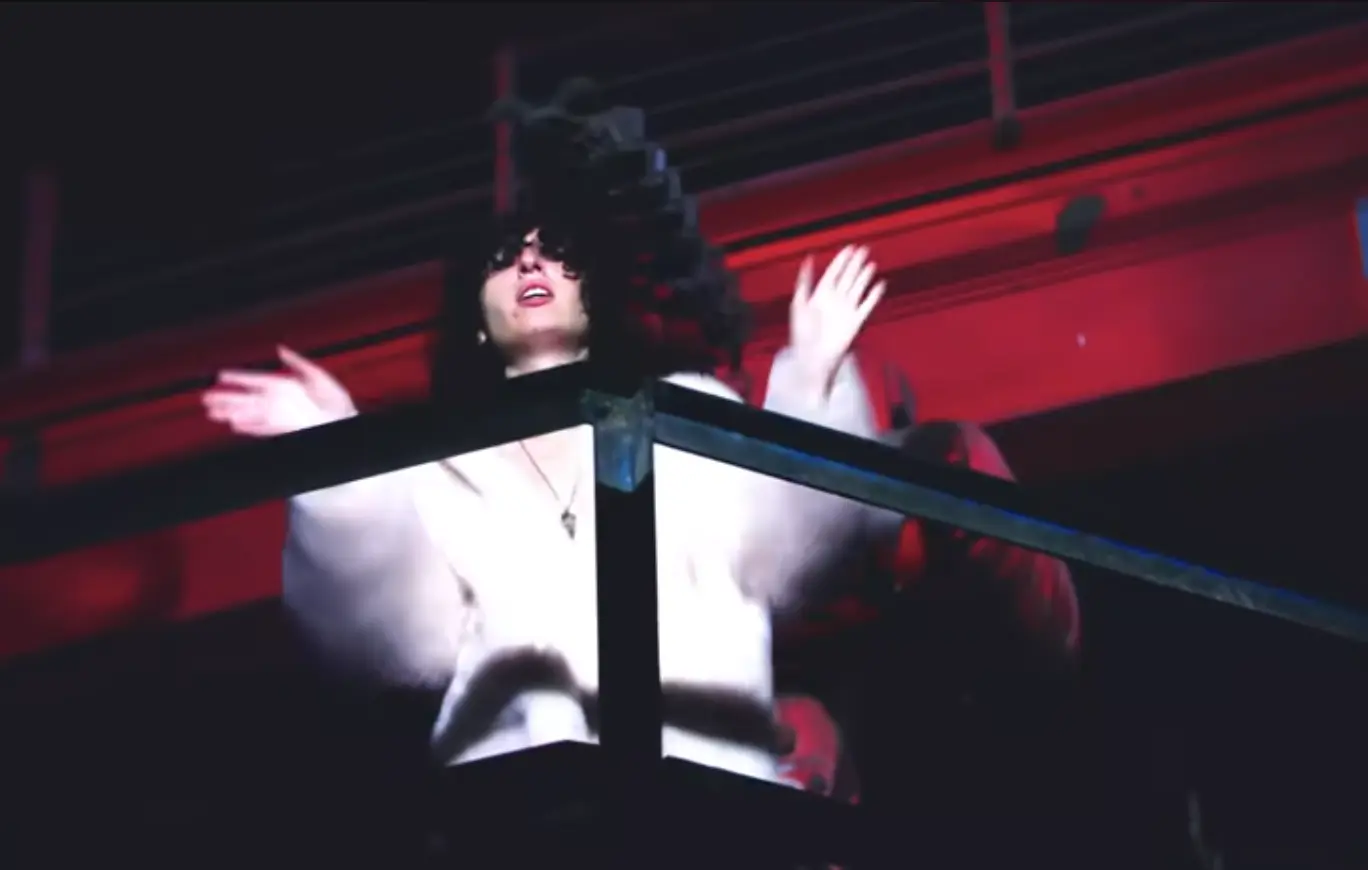The phrase “milk it for all its worth” wasn’t taken lightly in previous music eras. Once an artist released a project, they and their team were committed to spreading the word about the work they carefully crafted and put blood, sweat, and tears into. In other words, the traditional album rollout was the formula for artists to work toward achieving a best-selling album.
What Is A Traditional Album Rollout?
The New York Times detailed the marketing strategy which consisted of “An upbeat lead single ready for radio. An album title and release date with plenty of notice. A magazine cover story, followed by a personal mission statement…”
The typical timeframe for a tour ranges from a few months to over a year. Alanis Morissette’s Can’t Not Tour in promotional support of her now 16-times platinum album Jagged Little Pill went on from its release year of 1995 until 1997 — totaling a whopping 17 months. What’s more, the Canadian-American singer-songwriter leveraged the album’s 10th anniversary by releasing an exclusive acoustic version along with launching her first-ever acoustic tour, per Billboard. Then, fast forward to 2020, Jagged Little Pill’s deluxe version came along.
Taking the 25th anniversary celebration for the critically acclaimed album to the next level, there was a tour that took place in 2021 and 2022 after being delayed due to the COVID-19 pandemic. Playing the long game took Morissette’s album from a nostalgic musical treasure to a classic that transcends eras.

When speaking of longevity, Beyoncé knows all about it — going from a history-making girl group to solo stardom. Beyoncé’s initial step into solo artistry closely followed the rulebook of a traditional album rollout. While promoting her debut studio album Dangerously in Love in 2003, the global superstar “was virtually inescapable,” as NYLON previously described.
How The Internet Helped Artists Disrupt Album Marketing
From performing at the BET Awards to making an appearance on Saturday Night Live, Beyoncé’s first solo album rollout set the foundation to not only promote her sophomore album B’Day in 2006, but also to publicize its deluxe version the following year — marking her first re-release. Following up with the commercial success of I Am…Sasha Fierce and 4, Beyoncé had the pop marketing formula on lock: radio friendly singles, live TV performances, and timely visuals. This was until her 2013 self-titled album which not only disrupted her own rollout model, but shifted the industry as a whole. After her groundbreaking surprise release, the industry made Fridays the global record release day instead of Tuesdays.
The 2010s marked the rise of ingenious music marketing and Kanye West was one of the artists to lead the pack. Ahead of My Beautiful Dark Twisted Fantasy in 2010, West coined “GOOD Fridays.” For the series, he put out a new free, downloadable track each Friday up until the album officially dropped. Rolling Stone named My Beautiful Dark Twisted Fantasy as one of “15 innovative album releases that shook the music industry” during the start of the digital transformation in the music industry. The release led to West performing the innovative album on some of the biggest stages including Coachella, Lollapalooza, and SXSW. Ahead of the performances, the deluxe edition of My Beautiful Dark Twisted Fantasy was released, which featured the short film Runaway.
Three different artists, genres, and music eras, what do they all share? An extensive album rollout with a deluxe album to match. In today’s music scene, with the overwhelming amount of album releases on a regular basis, it’s become normal for some artists to quickly abandon an album and move right on to their next project. With the disadvantages of streaming such as low payout, it’s a valid move for artists to shift their focus off actively promoting their albums. However, there are artists like Victoria Monét and Tyla who are sticking to the traditional album rollout, a process known to birth music icons.
Newer Artists Winning With Classic Album Rollouts
Following almost a decade from her first EP, Victoria Monét released her debut studio album Jaguar II in August 2023. The singer-songwriter’s hit single “On My Mama” was released two months before, taking off and leading to her GRAMMY nominations for “Best R&B Song” and “Record of the Year.” She ended up taking home wins for “Best New Artist,” “Best R&B Album,” and “Best Engineered Album, Non-Classical.”
Keeping the fire blazing for the GRAMMY-winning album, Monét released the album’s fourth single “Alright” in June 2024 — a year after “On My Mama.” Then, in October 2024 came Jaguar II: Deluxe, which was nearly a year after the album’s initial arrival. The deluxe album’s single “SOS (Sex on Sight)” featuring Usher debuted at No. 21 on Billboard’s Adult R&B Airplay chart — marking her highest debut ranking on the chart as well as her third career entry.

Once Tyla’s “Water” went viral, there were naysayers who may have thought she would have 15 minutes of fame. They were proven wrong as the South African songstress has become one of the biggest rising pop stars. Tyla is everywhere, from performing around the world to promote her eponymous debut album to her music landing historic wins such as a GRAMMY for “Best African Music Performance.” Moreover, her debut album dropped in the spring, became one of the albums of the summer, and the deluxe version Tyla + released in the fall. Following its release, its tracks “PUSH 2 START” and “SHAKE AH” debuted at No. 4 and No. 9 on the Billboard U.S. Afrobeats Songs chart.
Will Albums and Traditional Rollouts Remain Valuable?
While the traditional album rollout has clearly worked in the favor of artists like Monét and Tyla, there are those who believe going the unconventional route is the more favorable option. According to Vulture, “Pop stars were still playing the release game with an old set of rules, and they were losing because of it.” Vulture praised Taylor Swift’s surprise release of Folklore in 2020 as it “has only given the pop industry a stronger case that the traditional rollout could justifiably be retired in the 2020s.” What’s more, the outlet pointed out that the state of streaming aligns with artists dropping albums with little to no notice.
“The album as a format can at times feel incompatible with the instant gratification of the streaming-era,” Epigram shared.
As the pandemic further disrupted months-long traditional album rollouts, Rolling Stone reported that the quick releases trump thorough ones.
“But more and more, the orderly, tightly plotted public rollout looks like an artifact of a different time when the music industry moved at a leisurely pace,” the outlet wrote. “Expect listeners to keep you at the top of their minds for three months while they wait for an album? Retaining listeners’ devotion for just one week, from this New Music Friday to the next, is hard enough. TikTok seems to create a new micro-hit — or several — every few hours.”
Although the surprise album drop concept has worked in the favor of major stars, new artists don’t have that luxury just yet. Sticking to the traditional route aids in the likelihood of more streams, main stage performances, partnerships, advertisements, and other crucial aspects of artist development. Even seasoned artists have seen the payoff of going back to tradition, e.g. Beyoncé with Renaissance. The months of anticipation around her seventh studio album resulted in her snagging another best-selling album, four more GRAMMY wins, and one of the highest-grossing tours ever.
***
It all goes to show that going the extra mile and keeping the tradition alive — whether it be releasing a deluxe album or promoting a project for over a year — gives both the artist and their work a better chance at longevity.
UPDATE 9/23/2025: Edited for structure










